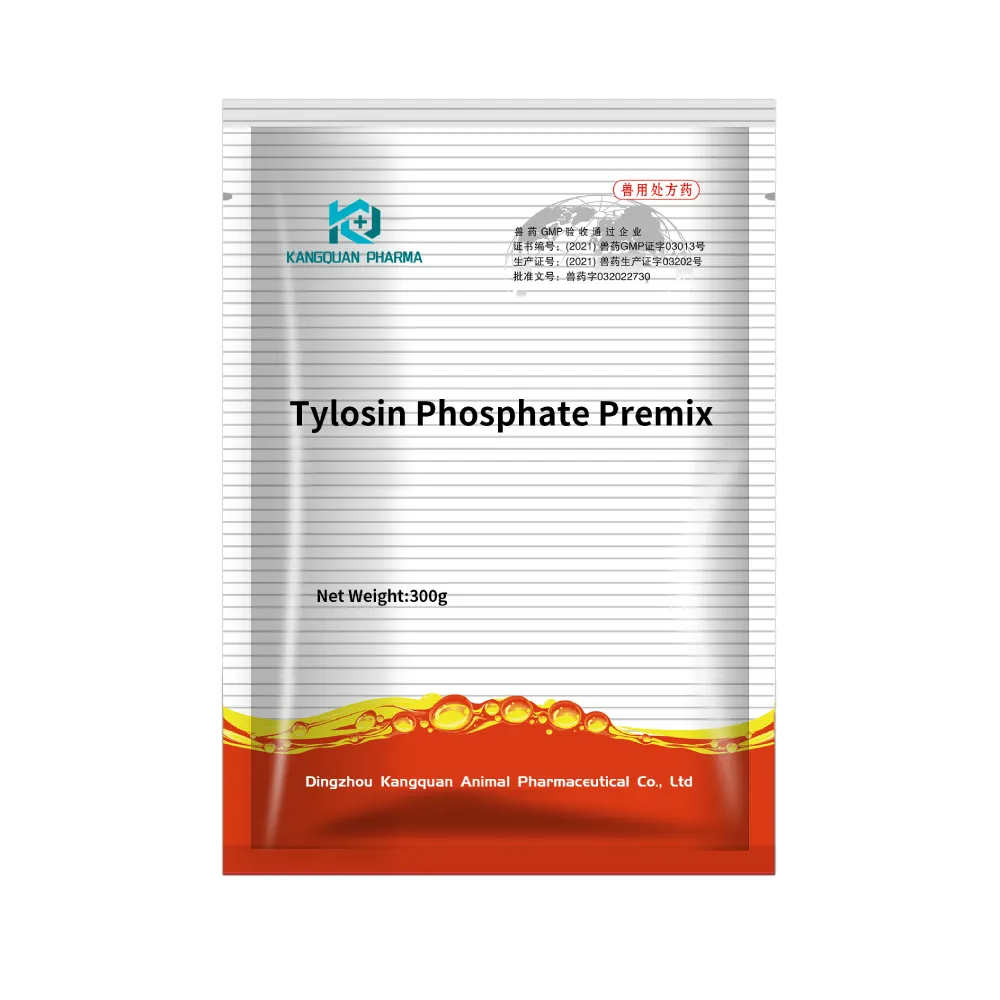- Afrikaans
- Albanian
- Amharic
- Arabic
- Armenian
- Azerbaijani
- Basque
- Belarusian
- Bengali
- Bosnian
- Bulgarian
- Catalan
- Cebuano
- Corsican
- Croatian
- Czech
- Danish
- Dutch
- English
- Esperanto
- Estonian
- Finnish
- French
- Frisian
- Galician
- Georgian
- German
- Greek
- Gujarati
- Haitian Creole
- hausa
- hawaiian
- Hebrew
- Hindi
- Miao
- Hungarian
- Icelandic
- igbo
- Indonesian
- irish
- Italian
- Japanese
- Javanese
- Kannada
- kazakh
- Khmer
- Rwandese
- Korean
- Kurdish
- Kyrgyz
- Lao
- Latin
- Latvian
- Lithuanian
- Luxembourgish
- Macedonian
- Malgashi
- Malay
- Malayalam
- Maltese
- Maori
- Marathi
- Mongolian
- Myanmar
- Nepali
- Norwegian
- Norwegian
- Occitan
- Pashto
- Persian
- Polish
- Portuguese
- Punjabi
- Romanian
- Russian
- Samoan
- Scottish Gaelic
- Serbian
- Sesotho
- Shona
- Sindhi
- Sinhala
- Slovak
- Slovenian
- Somali
- Spanish
- Sundanese
- Swahili
- Swedish
- Tagalog
- Tajik
- Tamil
- Tatar
- Telugu
- Thai
- Turkish
- Turkmen
- Ukrainian
- Urdu
- Uighur
- Uzbek
- Vietnamese
- Welsh
- Bantu
- Yiddish
- Yoruba
- Zulu
8 月 . 26, 2024 06:22 Back to list
Gentamicin Sulfate Uses, Benefits, and Potential Side Effects Explained
Gentamicin Sulfate An Overview
Gentamicin sulfate is a widely used aminoglycoside antibiotic that plays a crucial role in the treatment of various bacterial infections. Discovered in the 1960s, it is derived from the bacterium Micromonospora purpurea and has since been a staple in the medical field for its effectiveness against a broad spectrum of gram-negative and some gram-positive bacteria.
Gentamicin Sulfate An Overview
Gentamicin sulfate is often administered through intravenous or intramuscular injections, especially in hospital settings. The choice of this route is largely due to the need for rapid onset of action, particularly in life-threatening situations. For localized infections, gentamicin can be applied topically or used in ophthalmic solutions for eye infections, highlighting its versatility.
gentamicin as sulfate

However, like many antibiotics, gentamicin sulfate is not without its side effects. One of the most significant concerns is nephrotoxicity, as prolonged use can lead to kidney damage. Ototoxicity, which can result in hearing loss or balance issues, is another serious risk associated with this antibiotic. Therefore, careful monitoring of kidney function and hearing is paramount during treatment, especially in patients with pre-existing conditions or those receiving high doses over extended periods.
The emergence of antibiotic resistance is another pressing issue in the realm of gentamicin and other antibiotics. Bacterial strains that develop resistance can render standard therapies ineffective, complicating treatment regimens. This underscores the importance of judicious use of gentamicin, reserving its use for cases where it is clearly indicated and minimizing unnecessary prescriptions.
In recent years, research into the development of novel formulations and delivery methods for gentamicin sulfate has intensified. Advances in nanotechnology and targeted drug delivery systems aim to enhance the effectiveness of gentamicin while reducing systemic side effects. Such innovations hold promise for improving patient outcomes and combating antibiotic resistance.
In conclusion, gentamicin sulfate remains a critical antibiotic in modern medicine, particularly for severe bacterial infections. While its efficacy is well-established, responsible use and continuous monitoring of side effects are essential to maximize benefits and minimize risks. As the landscape of antibiotic resistance evolves, ongoing research and development will be key in ensuring gentamicin's role in effective antimicrobial therapy.
-
The Power of Radix Isatidis Extract for Your Health and Wellness
NewsOct.29,2024
-
Neomycin Sulfate Soluble Powder: A Versatile Solution for Pet Health
NewsOct.29,2024
-
Lincomycin Hydrochloride Soluble Powder – The Essential Solution
NewsOct.29,2024
-
Garamycin Gentamicin Sulfate for Effective Infection Control
NewsOct.29,2024
-
Doxycycline Hyclate Soluble Powder: Your Antibiotic Needs
NewsOct.29,2024
-
Tilmicosin Premix: The Ultimate Solution for Poultry Health
NewsOct.29,2024













